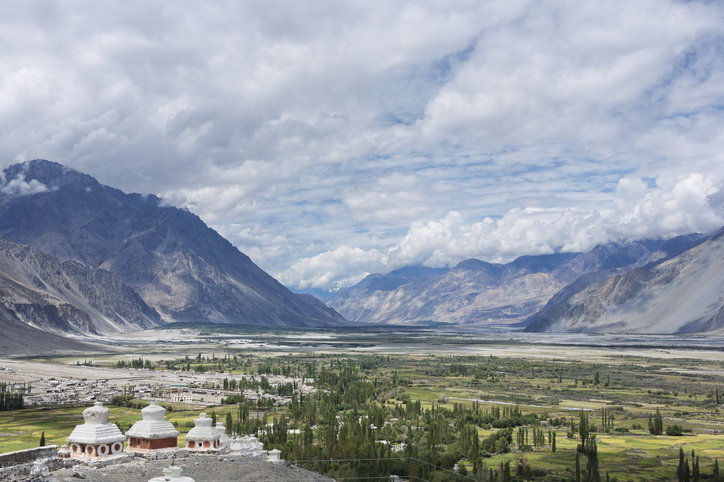A new scientific study has found that clouds drifting over the Eastern Himalayas and Western Ghats are carrying toxic heavy metals, posing potential carcinogenic and non-carcinogenic health risks, especially to children.
The study, conducted by the Bose Institute—an autonomous body under the Department of Science and Technology (DST), Ministry of Science & Technology , Government of India—found that clouds over the Eastern Himalayas contain 1.5 times higher pollution levels than those over the Western Ghats. This is largely due to emissions from heavy vehicular traffic and industrial activity in the foothill regions, the report noted.
The research team, led by Dr. Sanat Kumar Das, Associate Professor at Bose Institute, detected harmful concentrations of cadmium (Cd), chromium (Cr), copper (Cu), and zinc (Zn) in non-precipitating clouds during the onset of the monsoon season. These clouds were found to be a major medium of long-range transport of pollutants from the lowlands to high-altitude regions.
“The inhalation of cloud water laced with dissolved heavy metals is a significant exposure pathway, particularly in the Eastern Himalayas. This poses high health risks, especially among children, who are 30% more vulnerable than adults,” said Dr. Das.
Published in the journal Environmental Advances, the study used statistical models to assess health risks through multiple exposure routes, including inhalation, ingestion, and dermal absorption. It found that the presence of carcinogenic metals like dissolved chromium in the cloud water notably raises the likelihood of developing cancer and other health issues.
Despite the concerning findings, researchers noted that Indian clouds remain relatively less polluted compared to countries like China, Pakistan, Italy, and the United States. However, they cautioned that rising pollution levels and the lack of prior data on metal contamination in monsoon clouds make this an emerging public health concern.
The study challenges long-held assumptions about the purity of mountain rainwater and opens a new avenue for atmospheric and health-related research in the region.










